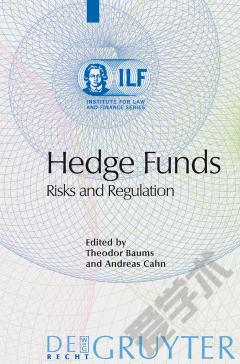Hedge Funds: Regulation and Nonregulation
Since the 1998 near collapse of Long-Term Capital Management (LTCM), a large hedge fund—a pooled investment vehicle that is privately managed and often engages in active trading of various types of securities and commodity futures and options—the number of hedge funds has grown, and they have attracted investments from institutional investors such as pension plans. Hedge funds generally are recognized as important sources of liquidity and as holders and managers of risks in the capital markets. Although the market impacts of recent hedge fund near collapses were less severe than that of LTCM, they recalled concerns about risks associated with hedge funds and they highlighted the continuing relevance of questions raised over LTCM. This book (1) describes how federal financial regulators oversee hedge fund-related activities under their existing authorities; (2) examines what measures investors, creditors, and counterparties have taken to impose market discipline on hedge funds; and (3) explores the potential for systemic risk from hedge fund-related activities and describes actions regulators have taken to address this risk.
{{comment.content}}








 京公网安备 11010802027623号
京公网安备 11010802027623号